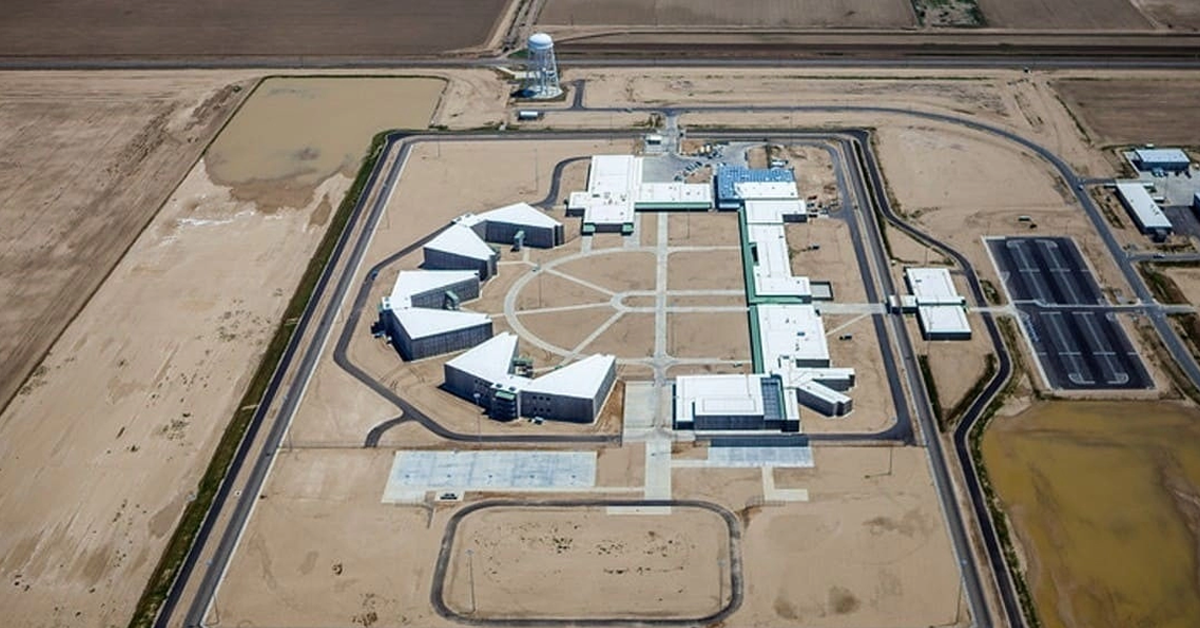DON’T FORGET THE MUNCHIES
Then it was Council Member Quintero’s turn on Dec. 3 to proposed amendments to the new development code.
Quintero’s three amendments concerned regulations on mobile food vendors – food trucks.
Quintero read his proposals in a clear, slow voice. But he didn’t say how his amendments were different from what was already in the development code. Nor did anyone on the dais ask.
Therefore, it was impossible for someone sitting in the audience to know how Quintero’s amendments might actually impact the real world in ways different than those envisioned by authors of the development code.
To me, the most interesting parts of Quintero’s proposals were:
1.) “A vendor may stay in a single location for up to 12 hours in a 24-hour period after which a vendor must move to a new location that is no less than 500 feet away.”
2.) “Vendors shall be permitted to operate on unpaved surfaces in non-residential districts with prior written authorization of the property owner.”
Near as I can tell, the new development code as originally written by staff said a mobile food truck could stay in a single location for no more than four hours. And the code as written by staff did not allow food trucks on unpaved surfaces.
To further complicate things, Soria asked Quintero if she could add a friendly amendment to one of his amendments.
The proposed code says a food truck can’t park within 300 feet of a bricks-and-mortar restaurant. Soria, who represents part of the Tower District, said one of the bars in her part of the Tower likes to invite a food truck onto its patio. The bar is within 300 feet of restaurants.
Soria wanted it legal for a food truck operator to be exempt from the 300-foot rule if he’s invited onto a property by the property owner.
Quintero’s amendments, including the one with Soria’s friendly rider, got the council’s blessing.
On top of that, the City Attorney’s Office is creating a standard authorization form that food truck operators wishing to park on someone else’s property can get at City Hall. The food truck operator apparently would simply give the form to the property owner, then take it back to City Hall when everything is filled out.
On top of that, all of these ideas from Quintero came from talks he’d been having with food truck operators. About a dozen of them were sitting in the audience. Quintero made a point to thank them for their input.
I watched all this and thought: Wow, this is interesting.
There seemed to be a lot of moving pieces, and no one on the dais was asking any questions.
Near as I could tell, the City Council and the Administration as of Nov. 19 had decided food trucks (in most situations) could stay in one place for no more than four hours, couldn’t operate on unpaved surfaces even with the property owner’s permission and couldn’t, even with a business-owner’s permission, operate within 300 feet of a bricks-and-mortar restaurant.
Then, two weeks later, with the celebration of the Fulton Mall vote still unfolding just outside the Council Chamber doors, the City Council and the Administration decided food trucks (in most situations) could stay in one place for 12 hours, could operate on unpaved surfaces with the property owner’s permission and could ignore the 300-foot rule regarding a bricks-and-mortar restaurant if they simply get a business owner to formally invite them onto the property, something made easier by filling out a city-designed authorization form.
“Food Trucks Rule!” doesn’t bother me in the least. But I had to wonder if there was someone in Fresno, perhaps someone from a bricks-and-mortar restaurant, who would have appreciated a heads up before these new rules went into place.










